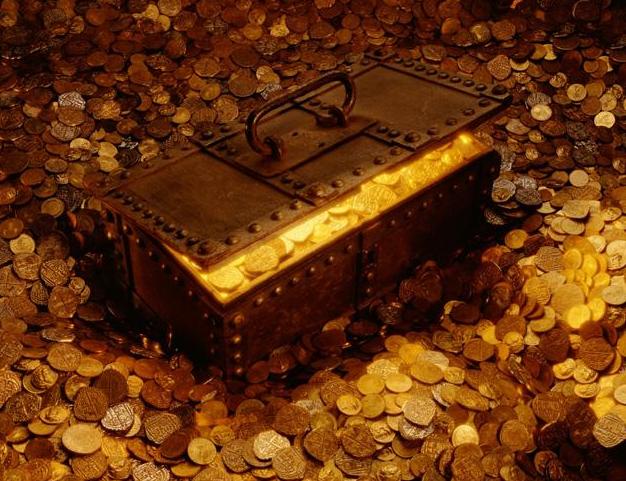
What’s better than finding a skeleton under the schoolyard? How about finding that skeleton might be an executed pirate?!
As part of excavating a playground last year at the Victoria Primary School in Edinburgh the AOC Archaeology Group performed an archaeological survey. This is a common practice, especially in historical areas like where the school resides. Researchers anticipated finding remnants of the Newhaven dockyards, an old harbor and shipbuilding facility from the reign of King James IV. Instead they found the skeletal remains, which were not in good condition.
Around the skeleton they also found shards of 4,000-year-old Bronze Age pottery. They naturally assumed that everything was from the same era until radiocarbon dating showed the skeleton to actually be from the 16th or 17th century. They estimated that the individual was about 50 years old at the time of death and did not die peacefully.

Further research into the history of the area showed that there was a gibbet on the Newhaven dockyards. This is reserved for the really bad guys that need to be an example to others. Pirates often fell into this category. It was a sort of cage or other display where an executed pirate would be hung, usually until their body fell apart. The smell must have been lovely.
What do the kids think of this gruesome discovery in their playground?Laura Thompson, Head Teacher at Victoria Primary School, said:
“The pupils think it’s fantastic that a skeleton was found deep underneath their playground. The archaeologists will hold a special lesson with some of the children about how they have used science to analyse the remains and it will be a good learning opportunity for them.”
The video at the end covers a little more detail. Be sure to visit the Museum of the Weird and learn about our own pirate connection.



